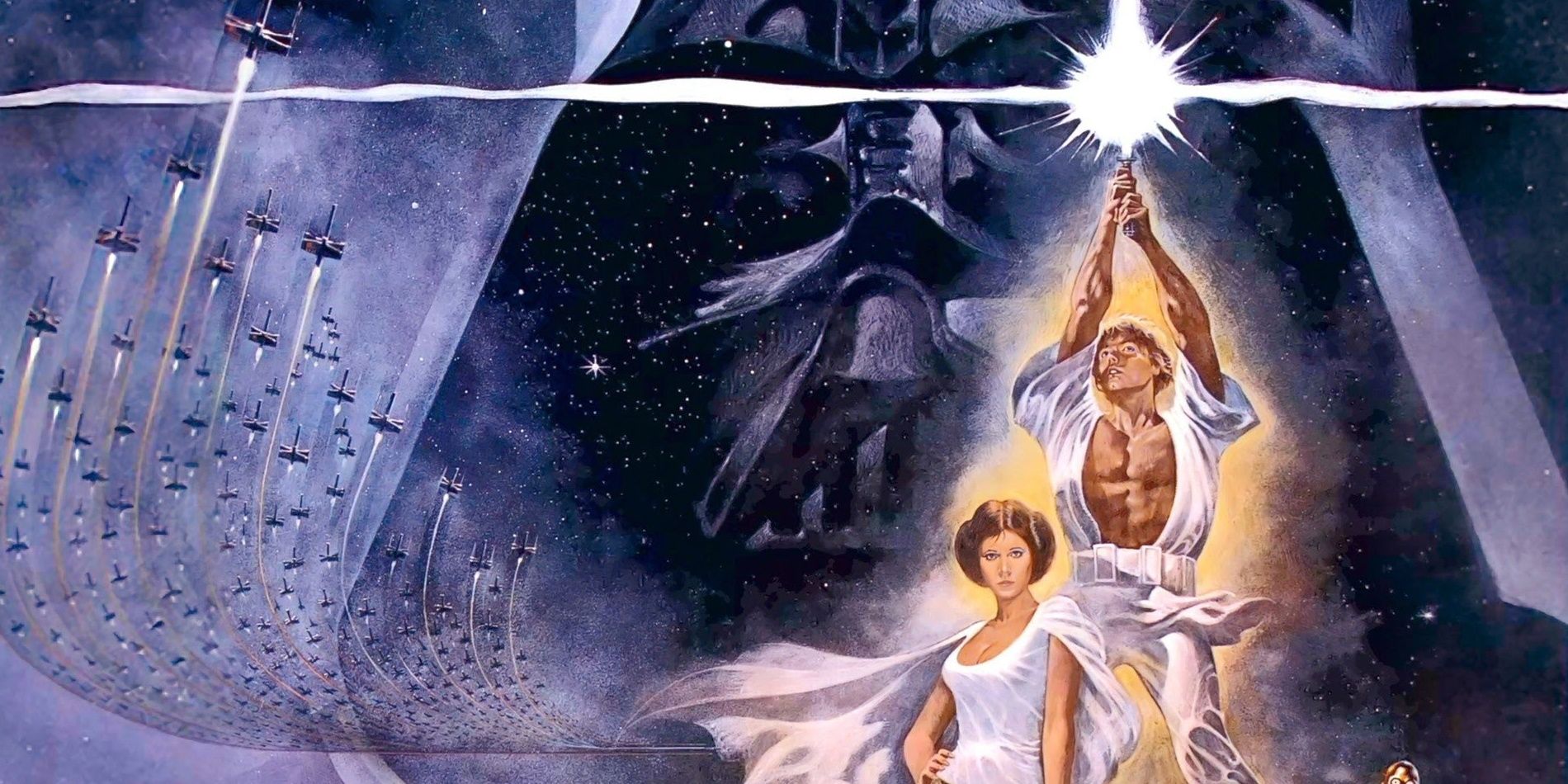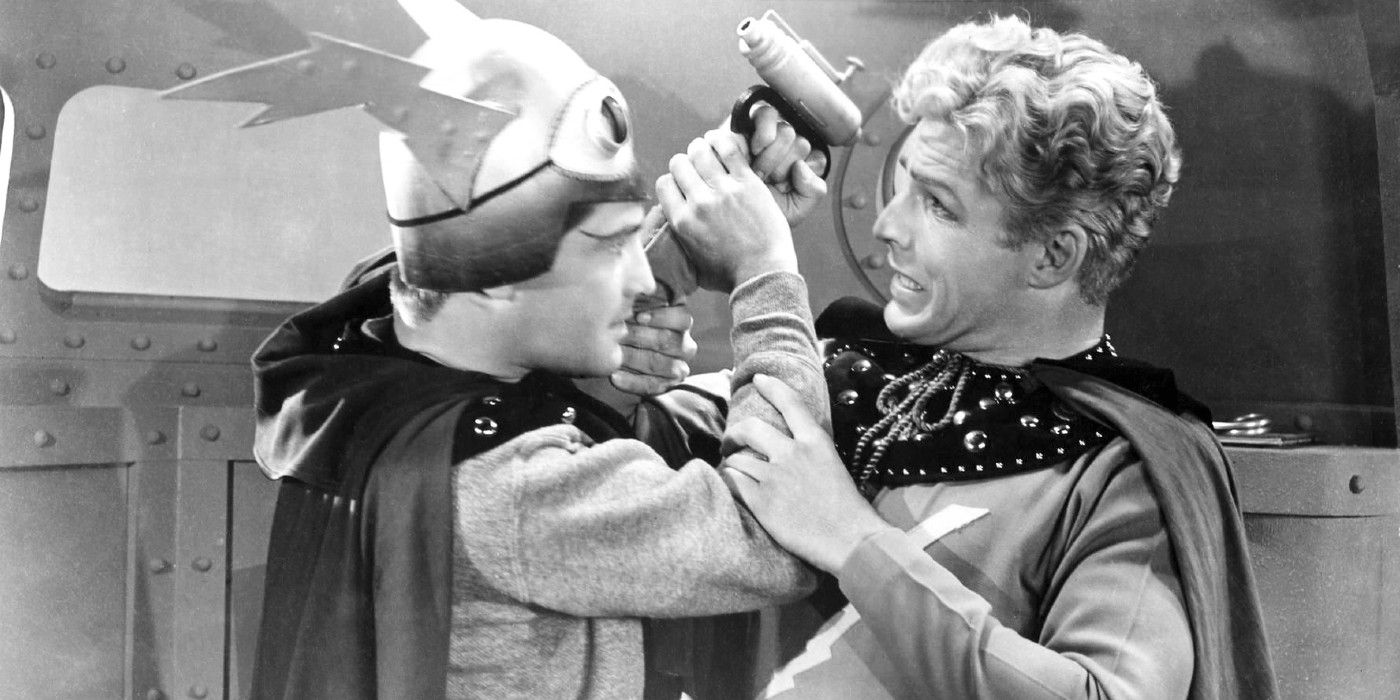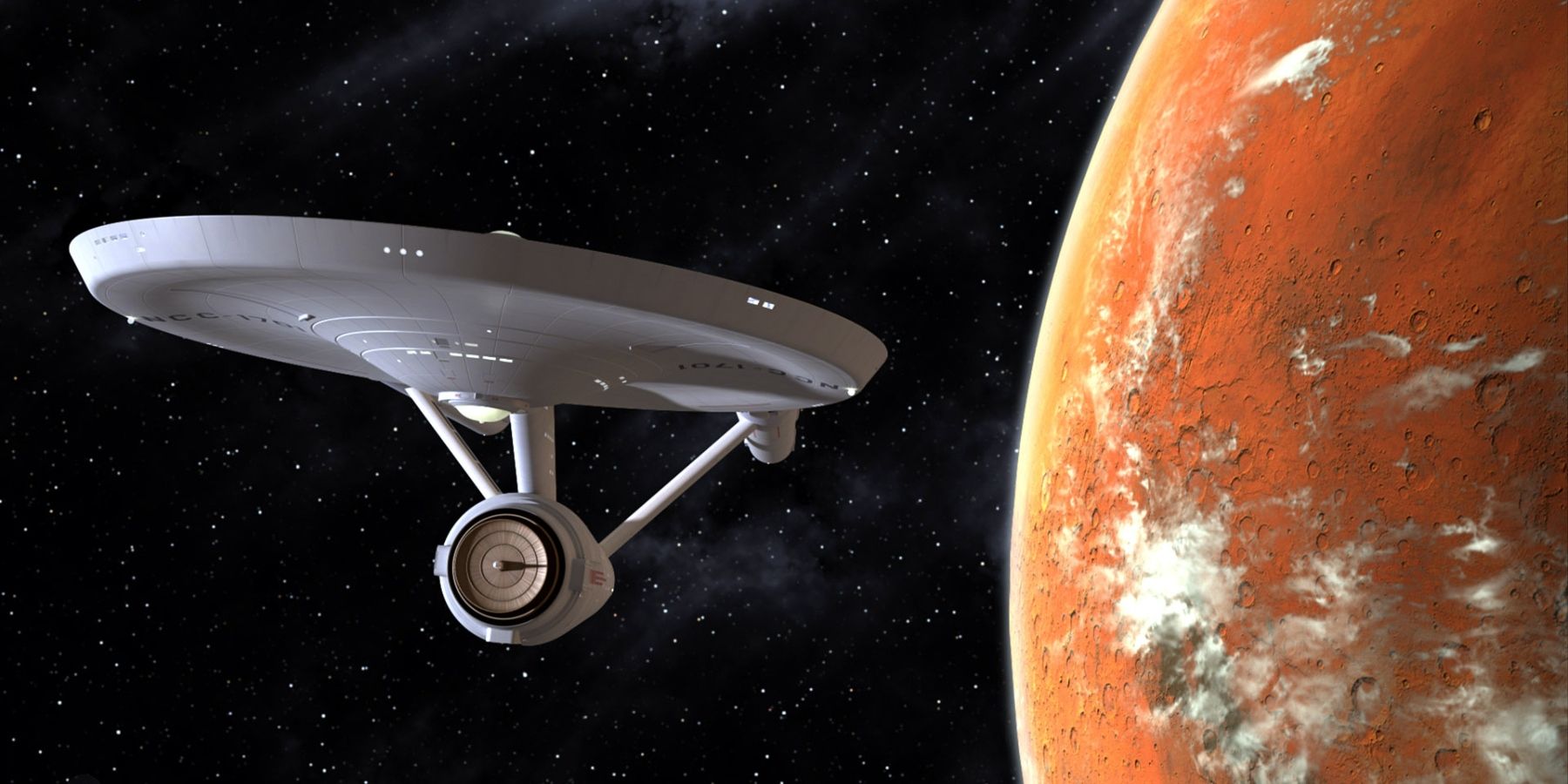Science fiction has a long and storied history which is often flipped upside down by one massive success story or another. Subgenres that were once considered cheap ubiquitous trash can gradually be expanded and warped until they dominate the public perception of the medium, all thanks to a couple of big names.
When people think of a sci-fi story, they likely picture one of two things; either squadrons of space cruisers and destined interplanetary heroes or hardcore scientific explorations of theoretical tech. Space opera is the subgenre that generated and contained most examples of the former, often in direct opposition to the latter.
Space opera refers to large-scale sci-fi which concerns itself with massive interplanetary battles, dashing heroes, old-fashioned romance, and general classic adventure stories, but in space. The term has its origin, not in opera theater, but in the soap opera genre. That dramatic subgenre, best known for The Young and the Restless and a thousand other endlessly serialized TV series, is actually inspired by the even earlier term horse opera. This term refers to a massive pile of formulaic westerns which largely followed the identical plot and narrative trappings. Space opera was coined in 1941 by author Wilson Tucker in a sci-fi fanzine, who famously noticed that a fair amount of recent sci-fi narratives were bare-bones horse operas, but set in space. The term was an insult for the first few decades of its existence, but it evolved from there.
There are countless examples of what would become space opera in the decades that precede the 1941 origin of the term. Perhaps the biggest predecessor of this subgenre was the related, but not identical, planetary romance subgenre. This featured many similar elements but typically did not feature space opera's titanic scale and large-scale star-fighter battles. The most seminal work in planetary romance was likely Edgar Rice Burroughs' Barsoom series, which chronicled the adventures of John Carter on Mars. The first author credited with creating the genre was E. E. "Doc" Smith. Smith's first published work, The Skylark of Space, is the first popular example of an artist combining planetary romance with more classic sci-fi elements to create something akin to modern space opera. Skylark dropped in 1928, and authors everywhere were deeply inspired by the work. So much so that audiences became sick of the avalanche of examples throughout the 30s and 40s, leading to the aforementioned coining of the derogatory term.
That period of oversaturation led to a few decades of silence for the space opera subgenre, but there were still authors who were inspired by some of those previous works. Starting in 1961, the Perry Rhodan franchise rose to prominence as a landmark title in the subgenre. American audiences might not be immediately familiar with the franchise, which is what makes it so shocking that it's the most financially successful sci-fi book series ever written. Perry Rhodan's sprawling adventures are ongoing today, 61 years later, with a rotating cast of authors. The popularity of this franchise and works like it slowly shifted the conversation away from space opera's previous connotation. As the subgenre became less ubiquitous, and some of its entries became more beloved, space opera became one of a thousand semi-useful terms to delineate genre.
While most of the subgenre's development occurred on the pages of novels and comic books, space opera has been tied to the screen. 1936's Flash Gordon brought the iconic comic-strip hero to the big screen in the form of twelve twenty-minute serials. These brief adventures were enduringly popular, and crucial to the development of a ton of modern pop culture. Fans and critics have taken the fine-toothed comb to Star Wars for decades, but the primary father of the ideas of that blockbuster franchise was likely the Flash Gordon serials. Before and during the Star Wars phenomenon came Gene Roddenberry's Star Trek, which, like much of the subgenre, was partially inspired by TV westerns. These are two of the most important properties in sci-fi history, and despite some debate, both often fit comfortably into the space opera subgenre. Star Wars and Star Trek spawned new eras of space opera, transforming what was once an insult into a substantial audience draw.
Space opera has become one of the most important subgenres in the larger sci-fi canon. Through periods of boom and bust, fans have found some of the best space-faring narratives amongst both highs and lows. The modern flood of the subgenre, dominated as it is by a handful of marketable IPs, could result in yet another hiatus period for space opera any day now. Marked by huge space battles, deep space exploration, exotic new worlds, dashing heroes, and a lack of interest in the hard science of it all, space opera has survived the decades with style. Fans will have to wait and see what new standout of the subgenre could redefine its public perception.



